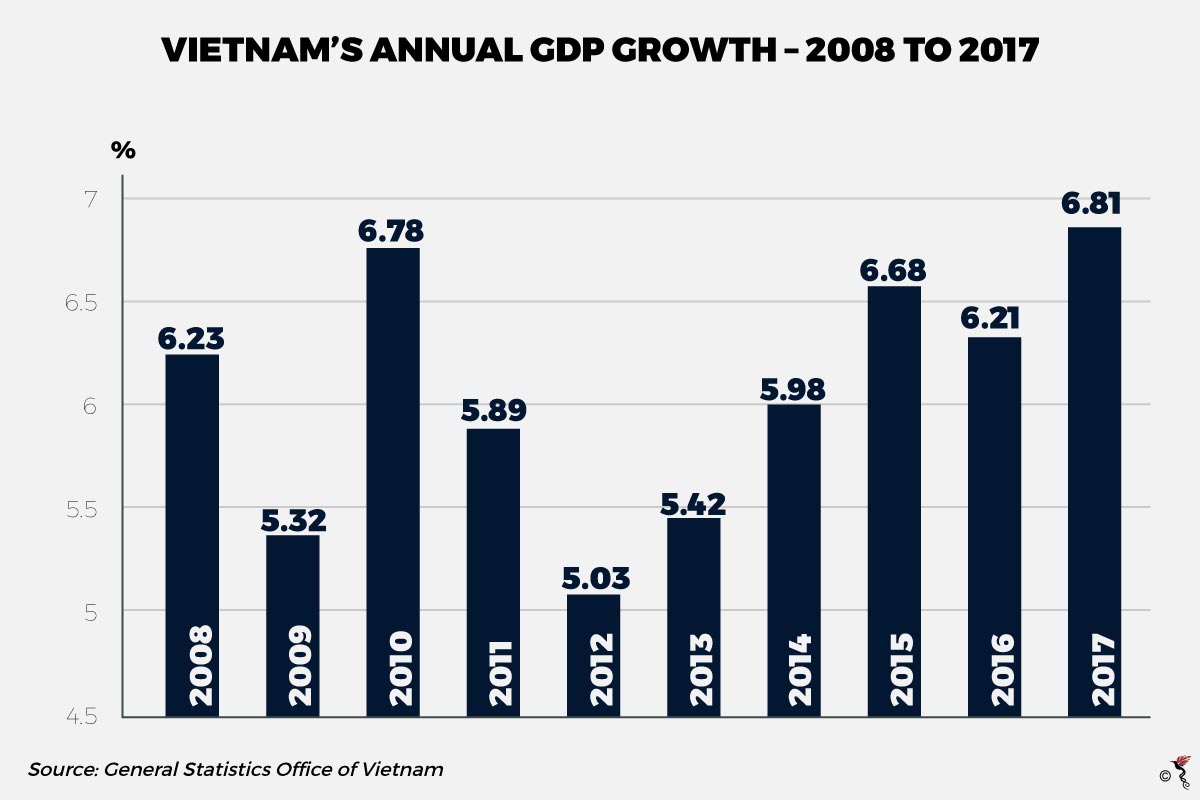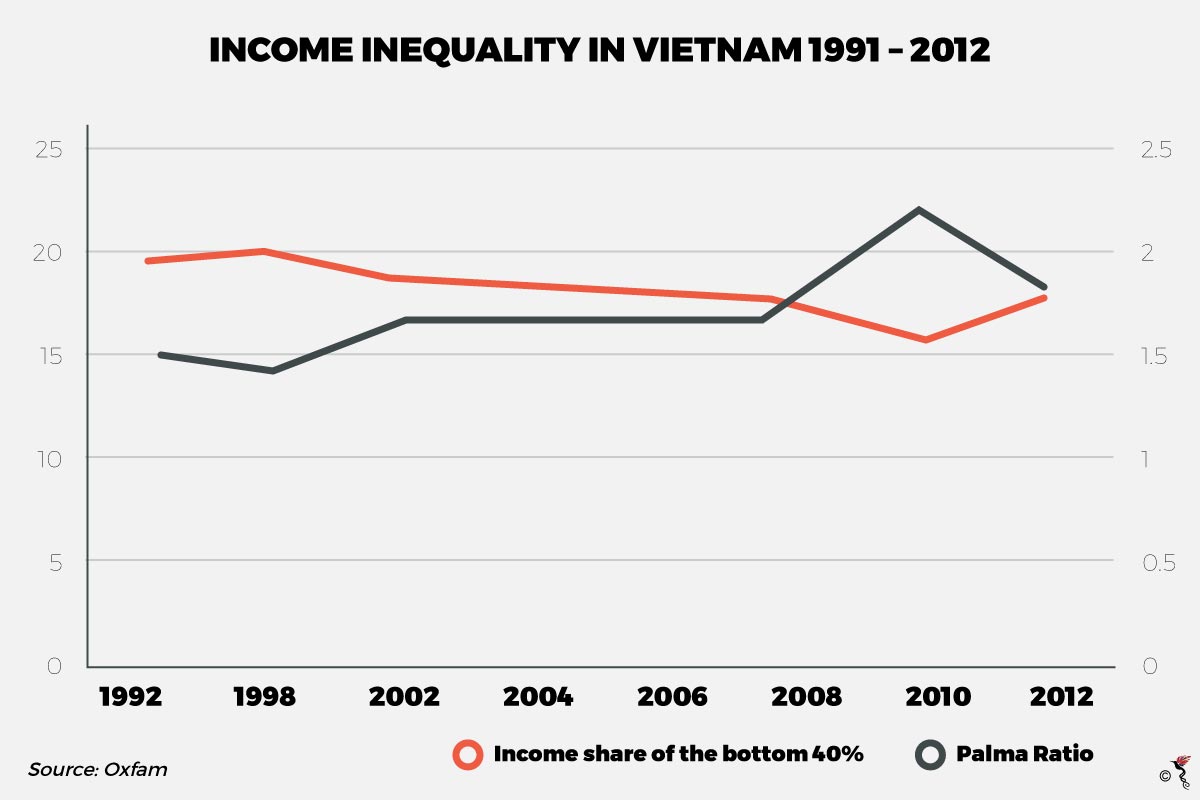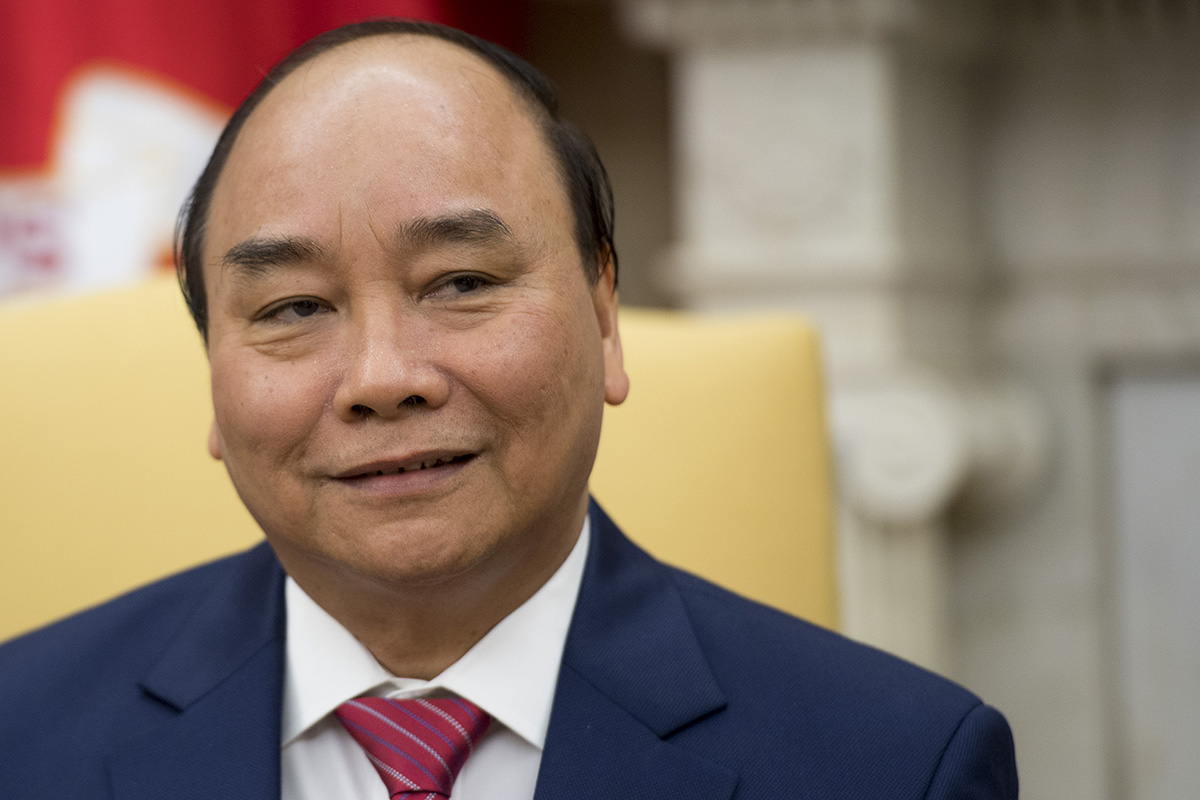After a great year for the Vietnamese economy, Vietnamese Prime Minister Nguyen Xuan Phuc is determined to take the economy to greater heights. Speaking at the Vietnam Economic Forum held by the Communist Party’s Commission for Economic Affairs last week, Phuc declared, “We must try to transform Vietnam from a beautiful girl into a new economic tiger in Asia.”
Despite a slow start to 2017, Vietnam came out as one of the best performing economies in Southeast Asia. The country saw tremendous growth in its economy last year with a 6.81 percent increase in gross domestic product (GDP) – higher than the government’s initial target of 6.7 percent – making it one of the fastest growing economies in the region according to Bloomberg.
Vietnam’s economic growth shouldn’t come as a surprise. Following steps taken by the State Bank of Vietnam (SBV) in 2015 to devalue its currency, the country has since seen an increase in investments. A devalued currency is attractive to foreign investors as it keeps operation costs low and relatively less money is at risk. While the official numbers of 2017 aren’t out yet, the Vietnamese Investment Review (VIR) reported that foreign investment capital was expected to reach US$28 billion for last year. According to the Hanoi Times, Samsung was a major investor in 2017 with investments totaling up to US$6.5 billion.

2017 was a great year for the Vietnamese economy and it isn’t expected to slow down anytime soon. Forbes predicts that the Vietnamese economy will continue to expand in 2018. According to a PwC report titled, “Doing Business in Vietnam”, the country currently has the fastest projected growth in Asia with an expected average growth of 5 percent per year until 2050.
As the Vietnamese economy is heavily dependent on exports, the country has always been reliant on a low currency to attract investors from abroad. However, they are slowly trying to shift away from this as is evident in their fast-growing startup scene. Vietnam saw a 14 percent increase in startups in the first quarter of 2017 with 39,580 startups established according to Vietnam Briefing. With government consolidation, the startup scene in Vietnam also has the potential to grow and attract more foreign investments from venture capitalists.
Challenges
As there are clear indications Vietnam’s economy is making great strides, there are some hurdles the government needs to overcome. According to the World Bank, Vietnam has seen its fertility rates drop from 4.9 to 2.4 over the last 50 years. This coupled with a growing aging population has raised concerns that it could cause a dent in the country’s social security fund. In a report by the International Labour Organisation (ILO), it is predicted that Vietnam’s pension funds could run a deficit by 2021 and become exhausted by 2034. Luckily, the Ministry of Labour, Invalids, and Social Affairs has taken steps to overcome this by proposing to raise Vietnam’s retirement age 55 to 60 for female workers and 60 to 62 for male workers, beginning in 2021. While that may solve one problem, Vietnam still needs to find a solution to it’s aging workforce and low-fertility rates.

Another challenge facing the country is a growing inequality in income. Despite the impressive numbers for growth, Vietnam’s big challenge in 2018 is redistributing the pie evenly. “We must develop but no one should be left behind. We will not leave anyone to suffer in this country,’ said Phuc in the same speech mentioned above.
One of Vietnam’s biggest achievements over the past decade has been its success in reducing the poverty rate to 8 percent. However according to Oxfam, despite the low poverty rate, many are still poor and are barely above the poverty line. In the Oxfam report on Vietnam released last year, it’s stated that “…while Vietnam continues to experience sustained structural transformation and poverty reduction, its growth tends to exhibit pro-rich gains, with returns to agriculture and manufacturing increasing only for the top 10th– 20th percentiles.” According to the report, the Palma ratio (which measures the ratio between the income share of the top 10 percent to the bottom 40 percent) also increased by 17 percent, from 1.48 to 1.74 between 1992 to 2012.
While Vietnam enters 2018 with much optimism about the economy, the reality on the ground paints a different picture. Vietnam needs to overcome these challenges as we are all too familiar with the consequences of a disgruntled population. If the government manages to rectify these problems then they could well be on their way to becoming the next Asian economic tiger.
Recommended stories:
